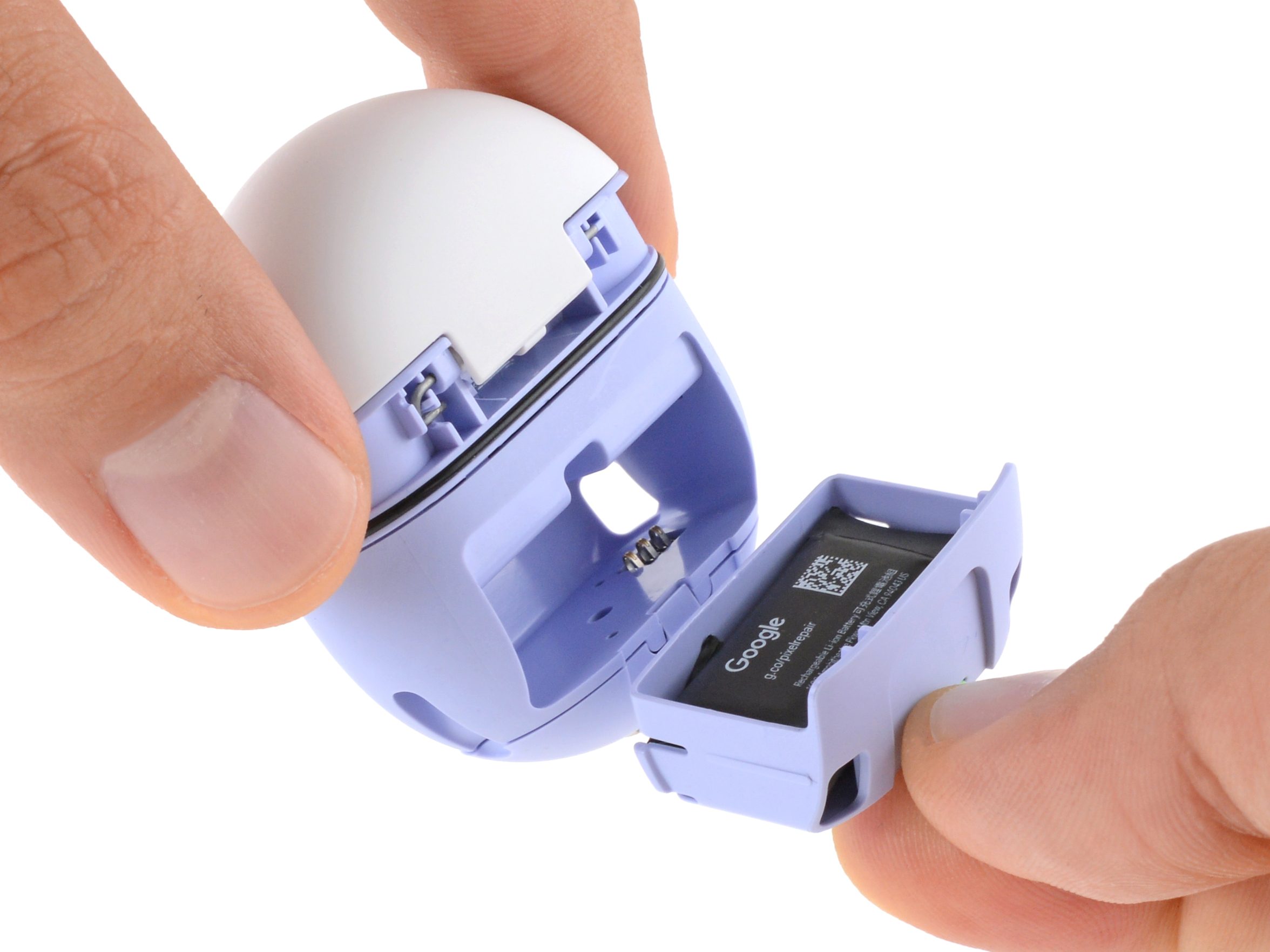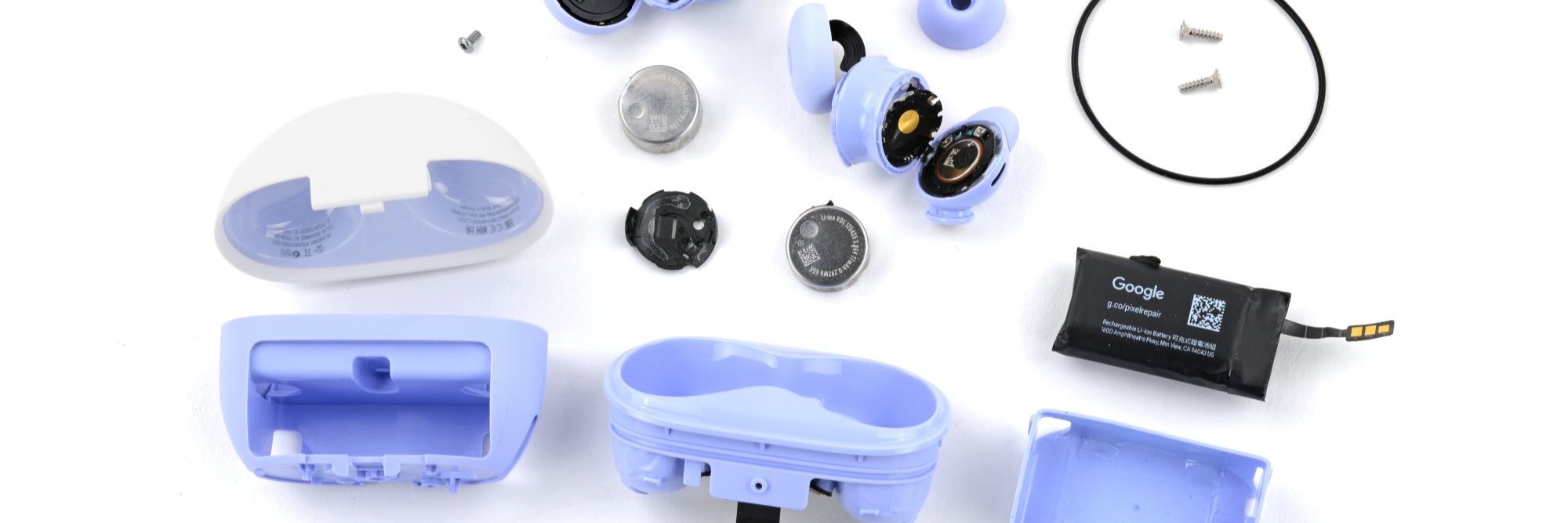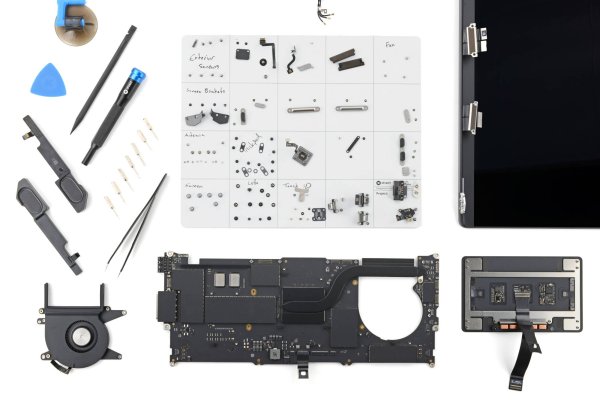If you bought a pair of earbuds in the last year, congratulations. You now own one of the billion or so pairs that flew off the shelves worldwide, all of which are quietly ticking toward their battery-related demise. Most wireless buds go straight to the junk drawer once the cells fade, and in the earbud world, a fading battery is as inevitable as losing the left one under your car seat.
Google has been one of the few companies making real strides in repairability. The Pixel team has worked with iFixit to get customers and independent repair shops OEM parts, and they make product manuals available at launch. This year, the Pixel Watch 4 set a new high bar for smartwatch repair friendliness. With that kind of momentum, we were genuinely hopeful that the Pixel Buds 2a would carry the torch into earbud territory.
In reality, the Pixel Buds 2a feel like a half-finished product. The buds themselves, like most of the earbud market, are an unrepairable mess, even if there’s some evidence that the team was flirting with a serviceable design early in the process. However, the charging case is the best we’ve seen. Google’s tracking in the right direction for repairable buds, but they might need a generation or two more to nail it.

Cracking In, Literally
The first half of this product is the same frustrating story we know too well. Just like the AirPods 3, which earned a whopping 0 of 10 repairability score, these buds are glued around the seam of the driver housing. Glued like “bring a jig, heat, and a lot of patience” glued. This is not a repair anyone should attempt at home, which means the Buds 2a stumble right out of the gate.
Generally, manufacturers glue earbuds shut in the name of waterproofing. Adhesive has long been the answer for an affordable, repeatable, and reliable way to do this, but we’re confident the likes of Apple and Google can find a way around if they prioritize it.
After we heat, pry, and finally get inside, we find a gasket around the seal. Does it suggest that someone, somewhere, once imagined these buds being opened and serviced? By now, that dream is definitely over: The plastic is bent and damaged, and the buds aren’t going back together cleanly.
The battery is glued in tight. Really tight. So tight that the process of removing it destroys both the outer casing and the battery itself. Our usual MacGyver tricks, isopropyl alcohol and heat, aren’t helping anywhere near as much as we’d like.
The tragedy is that the 0.297 Wh coin cell actually looks like it was designed with replaceability in mind. It has pins that press against a flexible PCB. No press connector. No welded tabs. Just a clean interface that would’ve been incredibly handy if you could actually remove the thing without committing hardware violence.
It almost feels like the team ran out of time and glued their way out of the problem. Then they shipped it, and we’re the archeologists unearthing their halfway progress. Adding insult to injury, the official Google repair manual site includes a “battery replacement guide” for the Pixel Buds 2a. Except that guide is only for the case.

The Charging Case: A Surprise Plot Twist
If the buds are a disappointment, the charging case is a complete redemption arc. We flip the lid. Look inside. Two Torx screws, clearly placed and easy to access. Remove them and the entire internal assembly slides out with an elegance that makes you wonder why the buds themselves didn’t get this treatment. This is in stark contrast to product designs that go out of the way to hide screws. Those make no sense to us—this is great!
There’s no glue at all. A replaceable gasket provides IPX4 splash resistance, which is perfectly adequate for rain or sweat. And at the center of it all sits the 1.53 Wh battery, which pops out in a tray with a simple pull tab, sporting Google’s new mint green, a color that indicates internal user-accessible elements across the Pixel line. No spudgers needed. No swearing required.
Fairbuds, the earbud option from sustainability-focused electronics company Fairphone, set a pretty high bar. In fact, they earned our first-ever 10 out of 10 repairability score in this category. We especially loved the modularity and repair-friendly design of the case. But with this case, Google has leapt past them in some respects. There are just two screws to free the port and board, plus a single press connector, and the case is fully serviceable.
The contrast between the case and the buds is almost comedic. One side is a well-designed, repair-first assembly. The other is a glued-shut puzzle box with a battery that might as well be welded in.

The Repair-a-dox
So where do the Pixel Buds 2a land in the broader repair landscape?
Coming off our iPad Pro M5 teardown, this device feels like another example of a repair paradox (or as some clever commenters put it, a repair-a-dox). There is clear evidence that the design team had repair targets in mind. They absolutely achieved them for the case. They missed them, by a lot, on the buds themselves.
Still, hope is not lost. Google has a strong recent track record of shipping repairable products and publishing real repair manuals. The design language in the 2a Buds hints that they thought about replaceable batteries. They just didn’t get there this time.
For now, the Pixel Buds 2a earn a provisional repairability score of 4 out of 10.

If long-term repairability is your top priority, you’ll want to look elsewhere. But we’re cautiously optimistic that the next generation might finally give Google’s earbuds the replaceable batteries they deserve.





crwdns2944067:00crwdne2944067:0